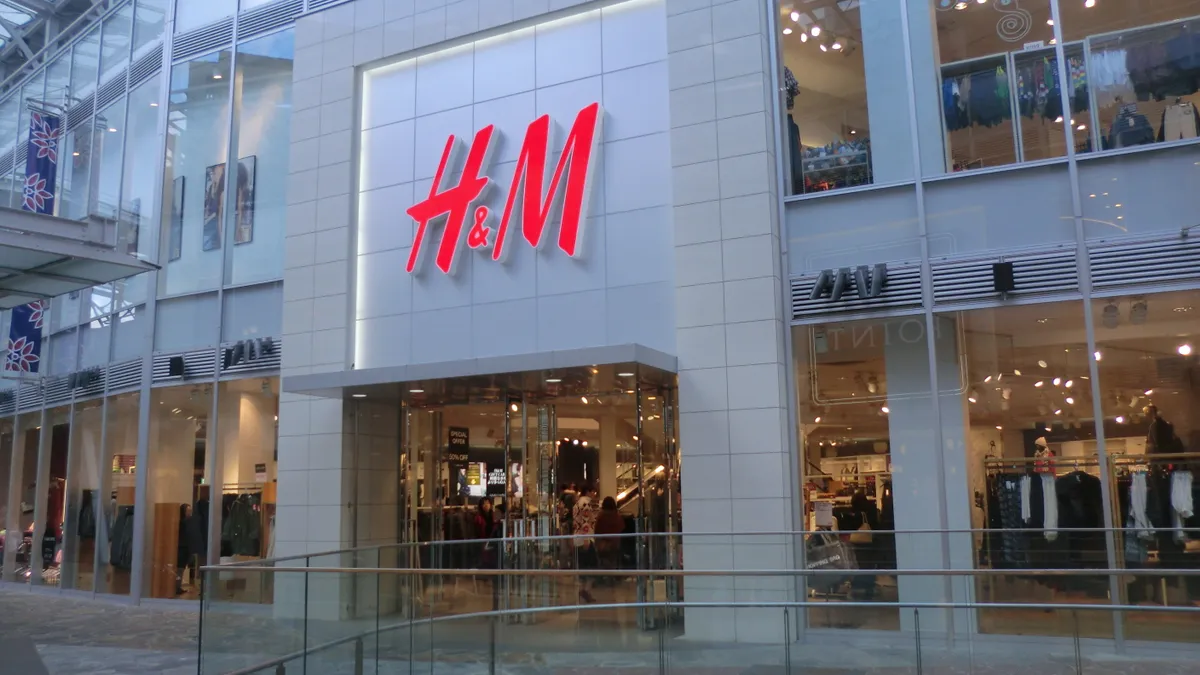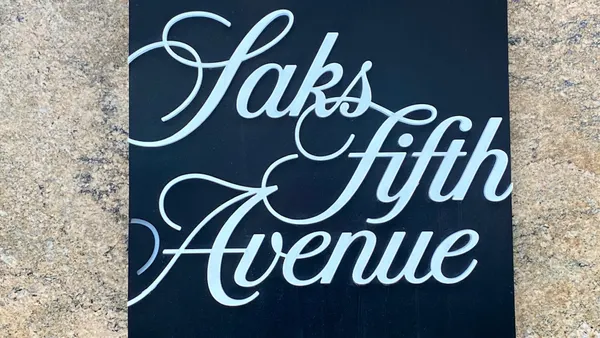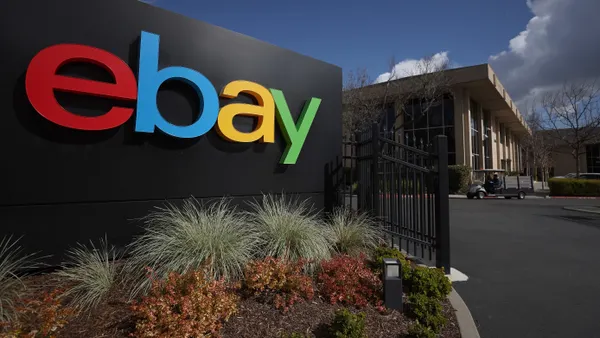Dive Brief:
- In an effort to break out of a 10-quarter same-store sales slump, H&M is using big data and artificial intelligence to customize the merchandising mix of individual stores, The Wall Street Journal reports. The company aims to reduce markdowns by using algorithms to analyze store receipts, returns and loyalty-card data.
- The tech is being used in a store in Stockholm’s upscale Östermalm neighborhood. By analyzing purchases and returns in a more granular way, H&M discovered that the store’s customer base was primarily women, and that fashionable items like floral skirts in pastel colors and higher-priced items sold better than the retailer expected. Sales at the store, have improved significantly, the Journal reports.
- H&M is breaking from its past practice of stocking its stores with similar merchandise, which resulted in repeatedly cutting prices to clear out some $4 billion of unsold product. Last year, H&M cut the number of SKUs in the store by 40%, and eliminated most menswear products. In its place, crockery was added, as well as $118 leather bags and $107 cashmere sweaters alongside $6 T-shirts and $12 shorts.
Dive Insight:
To predict trends three to eight months ahead of time, H&M is analyzing data from blog posts, search engines and other sources where it used to rely primarily on staff. The retailer is employing 200 internal and external data scientists, analysts and engineers to use the analytics to review purchasing patterns of every item in each store. The data includes information from 5 billion visits last year to its stores and websites, as well as data from external sources. The chain uses algorithms to take into account factors such as currency fluctuations, the Journal reports.
Resisting the online onslaught, H&M is breaking with its one-size-fits-all merchandising approach to its 4,288 stores across the globe by fighting technology with technology. The retailer is using data and AI to tailor the product mix in stores to better appeal to its clientele.
The company is hedging its bets, though, and expanding its online offerings. At an investors event earlier this year, H&M executives said they expect same-store sales to remain negative because of excess inventory and markdowns, while e-commerce and new brands will grow by 25% each, and new stores will add 4%. But the chain is scaling back the expansion of physical stores this year, adding about 390 units while closing 170, and going into new markets like Uruguay and Ukraine. The company has launched three new store banners: Afound with a "treasure hunt" atmosphere like TJ Maxx; Nyden which is targeted at millennials; and Arket which carries apparel and home goods. H&M also has enhanced the technology driving its supply chain.
H&M competitors are also turning to technology. Zara is using robots to automate the store pickup process of online orders and is offering a mobile augmented reality app to be used in stores. Gap has turned to Google analytics and market-research data to monitor consumer preferences, the Journal reports. But Gap, with 1,301 stores, and Zara, with 2,127 stores, are much smaller than H&M. And getting every store just right may prove too big of a task.













